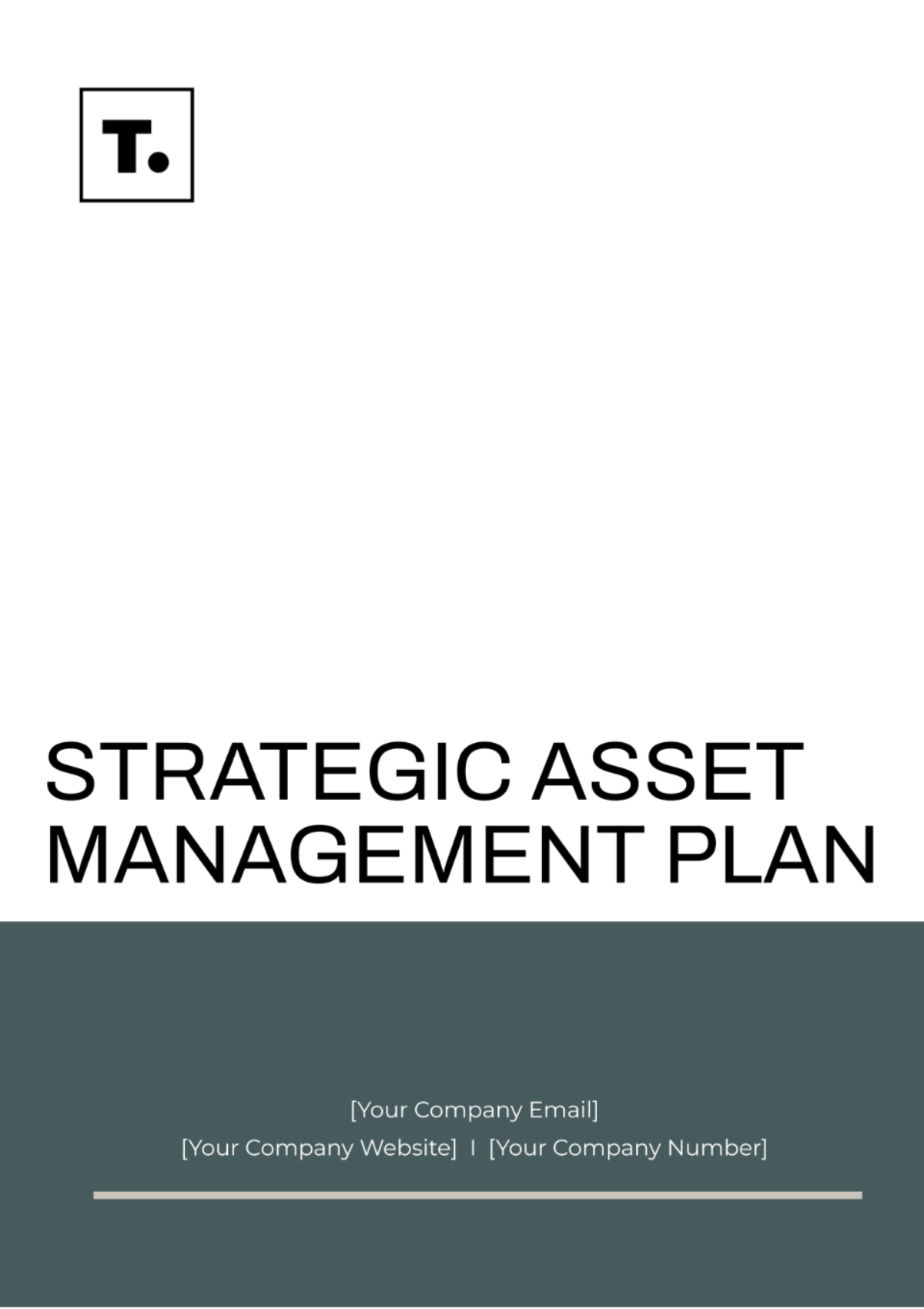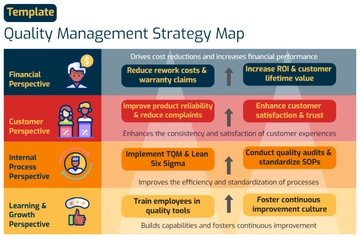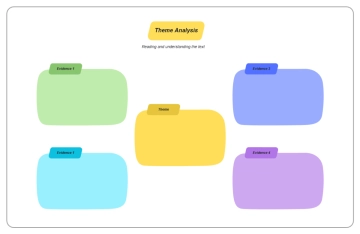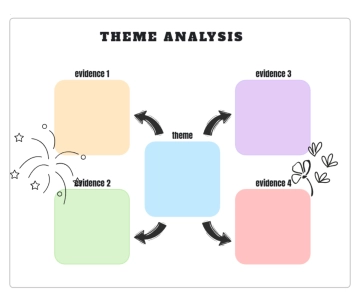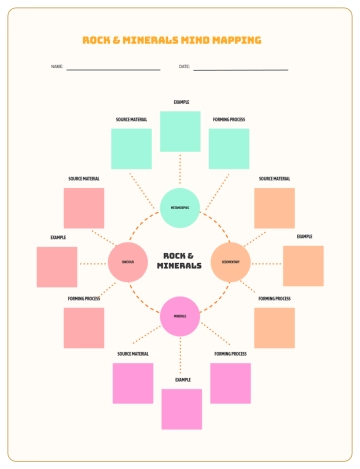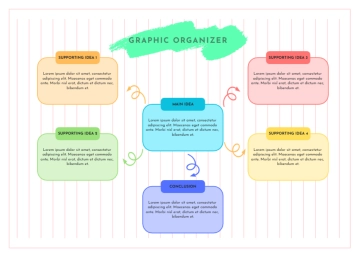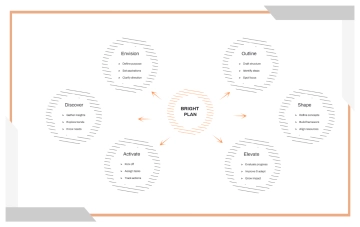Strategic Asset Management Plan
Name | [YOUR NAME] |
|---|
Company | [YOUR COMPANY NAME] |
|---|
Date | [DATE] |
|---|
I. Executive Summary
This Strategic Asset Management Plan (SAMP) outlines [YOUR COMPANY NAME]'s approach to managing its assets strategically over the next five years. The plan aims to enhance asset performance, mitigate risks, ensure business continuity, and achieve regulatory compliance.
II. Introduction
[YOUR COMPANY NAME], a leading manufacturer of automotive parts, owns and operates a diverse range of assets critical to its operations. The SAMP provides a roadmap for optimizing the lifecycle of these assets in alignment with the company's strategic objectives.
III. Context and Objectives
[YOUR COMPANY NAME] recognizes the importance of effective asset management in maintaining its competitive edge and meeting customer expectations. The primary objectives of the SAMP are to:
Enhance asset performance to maximize operational efficiency.
Identify and mitigate risks associated with asset ownership, operation, and maintenance.
Ensure business continuity in the face of disruptions or emergencies.
Achieve regulatory compliance to uphold industry standards and regulations.
IV. Asset Inventory and Assessment
[YOUR COMPANY NAME] conducts a thorough inventory of its assets, including production facilities, equipment, technology systems, and intellectual property.
Each asset is assessed based on its condition, criticality to operations, and performance metrics.
V. Risk Identification and Assessment
Risks associated with asset ownership, operation, and maintenance are identified through comprehensive risk assessments.
Risks are categorized based on their potential impact and likelihood of occurrence.
VI. Risk Mitigation Strategies
[YOUR COMPANY NAME] implements various strategies to mitigate identified risks, including:
Implementing preventive maintenance schedules to reduce the likelihood of asset failures.
Investing in backup systems and redundancy measures to minimize disruptions.
Establishing emergency response protocols to address unforeseen events promptly.
VII. Business Continuity Planning
Contingency plans are developed to ensure business continuity in the event of asset failures, natural disasters, or other emergencies.
Critical assets are prioritized, and measures are put in place to minimize downtime and mitigate losses.
VIII. Regulatory Compliance
[YOUR COMPANY NAME] adheres to all relevant industry regulations and standards governing asset management.
Regular audits and assessments are conducted to ensure compliance with legal requirements and industry best practices.
IX. Performance Monitoring and Evaluation
Key performance indicators (KPIs) are established to measure the effectiveness of asset management efforts.
Performance data is regularly monitored and evaluated to track progress and identify areas for improvement.
X. Conclusion
The Strategic Asset Management Plan serves as a roadmap for [YOUR COMPANY NAME] to optimize asset performance, mitigate risks, ensure business continuity, and achieve regulatory compliance. By implementing the strategies outlined in this plan, [YOUR COMPANY NAME] aims to enhance operational efficiency and maintain its competitive edge in the market.
Plan Templates @ Template.net
